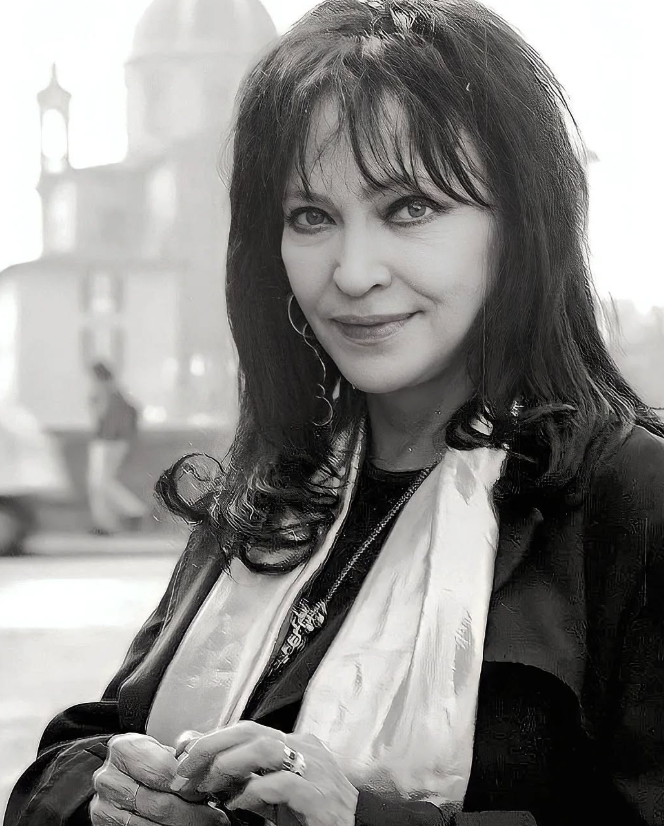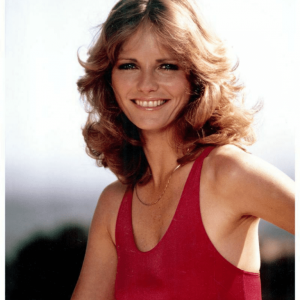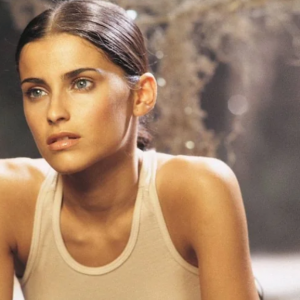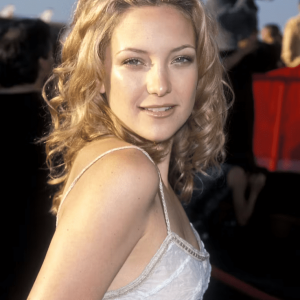Have you ever locked eyes with someone on screen and felt the world around you pause? That was the spell of Anna Karina—her soulful eyes, delicate beauty, and quiet strength carried a rebellious heart that changed cinema forever. Born Hanne Karin Bayer on September 22, 1940, in Copenhagen, Denmark, Anna became the celebrated “muse of the Nouvelle Vague” (French New Wave), a movement that forever altered 20th-century cinema. A blend of vulnerability and boldness, she wasn’t just an actress—she was a symbol of artistic freedom and independence. Even today, her influence flickers through modern cinema like the glow of an old projector.
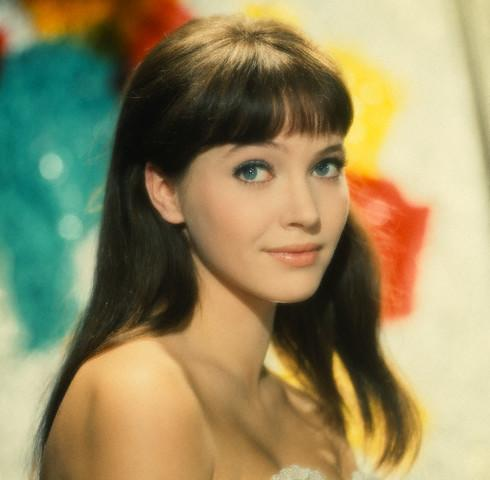
From Copenhagen Shadows to Parisian Dreams: The Early Years of Anna Karina
Anna Karina’s story begins in the war-torn streets of Copenhagen, Denmark. Raised by her grandparents after her father, a ship captain, disappeared and her mother worked hard to provide for the family, Anna’s early life was marked by hardship. Battling a childhood stutter and teasing from peers, she quickly learned the power of independence and self-reliance. These formative years would shape her as a woman who demanded respect in an industry that often overlooked her.
At just fourteen, Anna left her home and moved to Paris, chasing both opportunity and adventure. She quickly landed modeling gigs, appearing in ads for Palmolive soap and high-fashion spreads. It was the famous Coco Chanel who suggested a new name for her—“Anna Karina”—a transformation that felt like destiny. Paris was a city of glamour, but it also provided plenty of struggle, and these early years of solitude and hustle only further fueled the resilience that would define her career.
Video : A Tribute To Anna Karina
The New Wave Calls: Jean-Luc Godard Discovers Anna Karina
In 1960, Anna’s image caught the eye of one of the pioneers of the French New Wave, director Jean-Luc Godard. He invited her to audition for his breakthrough film Breathless but she refused to do a scene involving nudity—a bold and early stand for her personal boundaries. Unfazed, Godard cast her in Le Petit Soldat (1960), a political thriller, marking her first major screen role. The camera adored her, and audiences were introduced to a new kind of heroine, one who carried both elegance and edge.
This film sparked a creative partnership and a romance between Anna and Godard that would change both of their careers. Together, they created a body of work that reflected the restless energy of the 1960s—intimate, experimental, and unpredictable. Anna became the epitome of the New Wave’s rebellious spirit while maintaining her artistic identity and independence.
Godard’s Muse: A Series of Cinematic Masterpieces
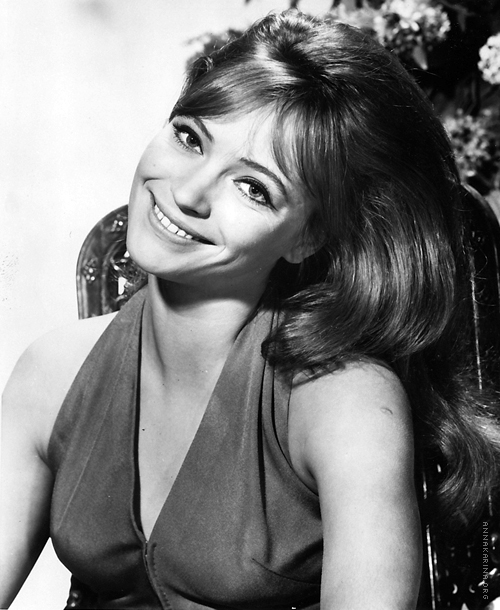
Between 1960 and 1965, Anna starred in a series of Jean-Luc Godard’s most iconic films, each one revealing a new layer of her talent. In A Woman Is a Woman (1961), she played Angela, a charming and impulsive woman, winning the Berlin Film Festival’s Best Actress award. In Vivre Sa Vie (1962), she delivered a heartbreaking portrayal of a young woman struggling with the fragility of freedom, marking one of her most poignant performances.
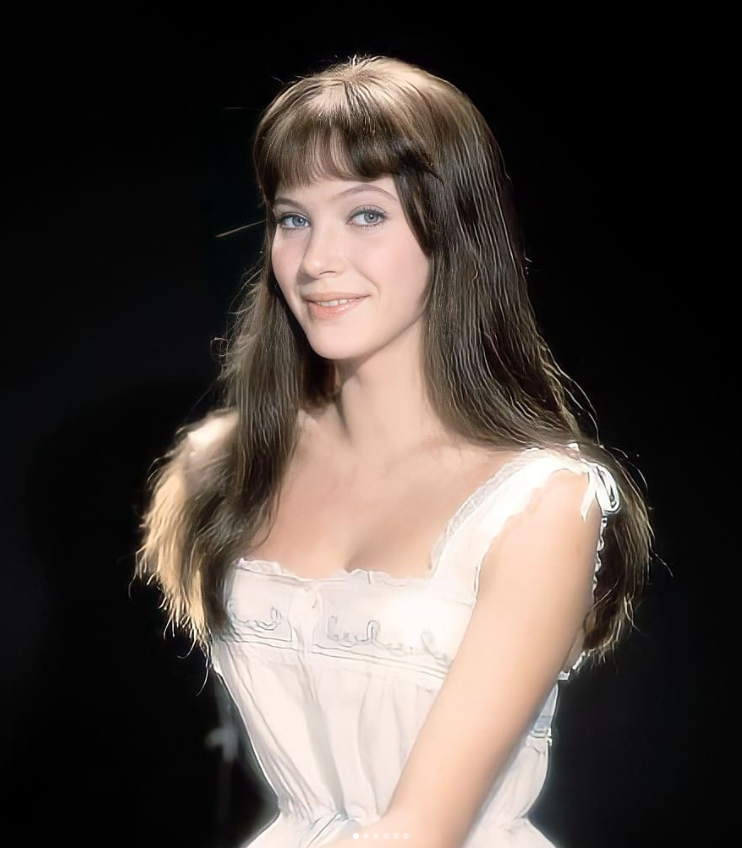
Her role in Bande à Part (1964) introduced one of the most iconic scenes in film history—the café dance scene, which has since become a symbol of unfiltered coolness. Pierrot le Fou (1965) captured the final moments of both Anna’s professional and romantic relationship with Godard, cementing their status as cinematic legends.
The chemistry between Anna and Godard was palpable, their films a visual conversation. Godard’s camera lingered on her face, trying to decode the mysteries within, while Anna brought a quiet, emotional depth that made each frame unforgettable.
Beyond Godard: Anna Karina’s Versatility Across Cinema
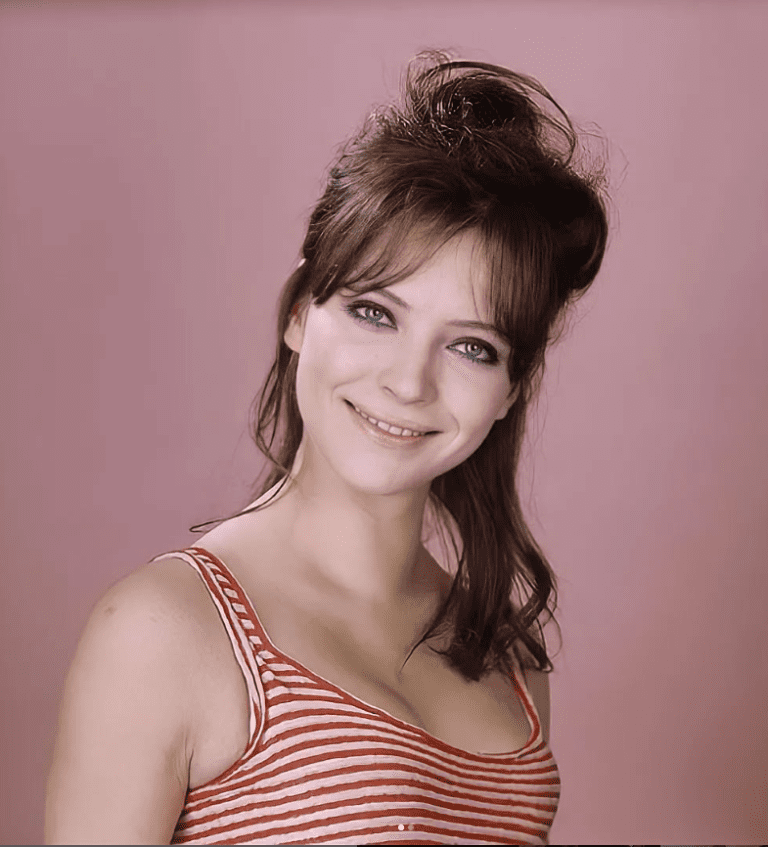
Anna Karina was never one to be confined to a single director. After her collaborations with Godard, she worked with other cinematic giants, proving her versatility across multiple genres. In La Religieuse (1966), directed by Jacques Rivette, she played a nun resisting oppressive traditions. In Lo Straniero (1967), directed by Luchino Visconti, she starred alongside Marcello Mastroianni in a film about existentialism and alienation.
Anna’s quiet magnetism wasn’t limited to European cinema either. Hollywood took notice, and she appeared in Justine (1969), directed by George Cukor, and Laughter in the Dark (1969), directed by Tony Richardson, showcasing her ability to captivate audiences in English-language films. Her talent transcended borders, and her roles continued to grow in depth and complexity.
The Singer and the Storyteller: Anna Karina’s Musical Career
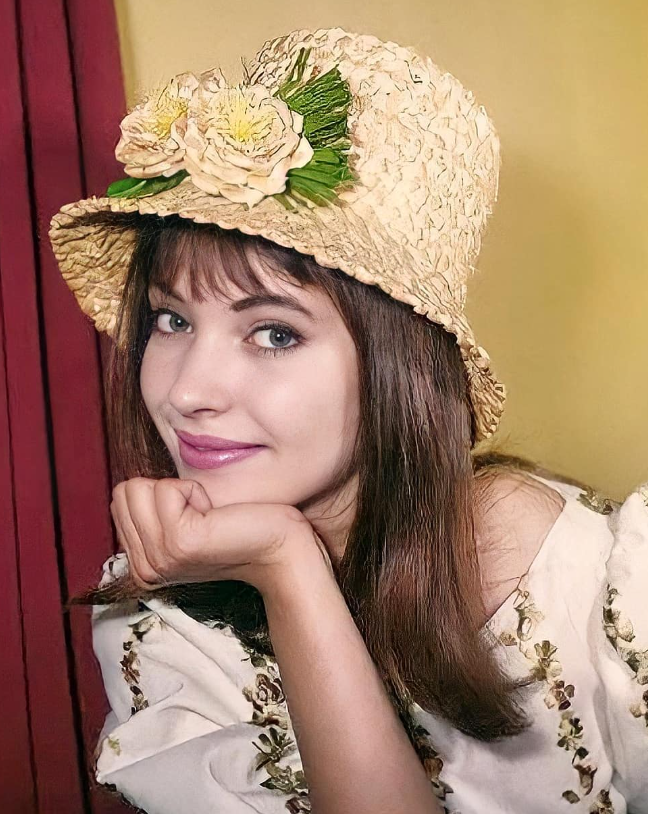
Anna’s artistry extended beyond film. In 1967, she recorded the music for the TV musical Anna, written by the famous Serge Gainsbourg. The single “Sous le soleil exactement” climbed the French charts, and her velvety voice brought a playful elegance to French pop music. Anna’s musical career demonstrated her multi-faceted talents and her ability to bring emotional depth to everything she touched.
Her storytelling didn’t stop at music either. She later published novels that carried the same sharp insight and emotional honesty that she had displayed in her acting career. Anna’s gift for weaving complex emotions and narratives continued to influence both her creative and personal work.
Love, Loss, and Personal Strength: Anna Karina’s Resilient Life
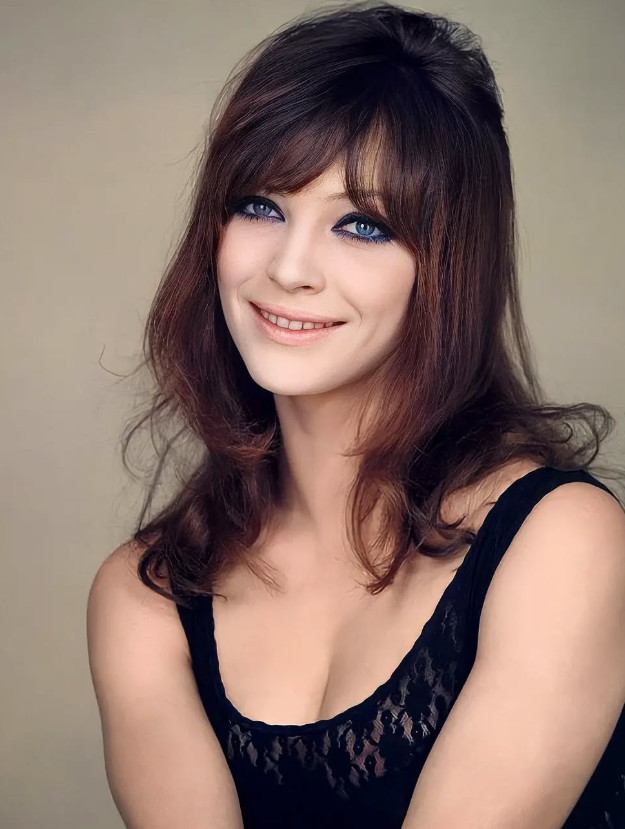
Behind the screen persona was a woman of remarkable resilience. Anna married Jean-Luc Godard in 1961, and their creative and romantic partnership burned brightly but ended by 1965. She would go on to marry actor Pierre Fabre, filmmaker Daniel Duval, and finally director Dennis Berry, who remained her partner until her passing in 2019.
Video : Anna Karina “Sous le soleil exactement” | Archive INA
Though she never had children, Anna embraced a life rich in art, friendship, and quiet acts of generosity. She supported cultural projects and mentored young filmmakers, leaving a legacy of inspiration for future generations. Friends and colleagues described her as gentle yet fiercely independent, a woman who lived by her ideals and never compromised her artistic vision.
A Legacy That Still Inspires: Anna Karina’s Enduring Influence

Anna Karina passed away on December 14, 2019, in Paris at the age of 79, after a battle with cancer. Yet her influence continues to shine in modern cinema. Film schools around the world still analyze her performances for their subtle power, while designers continue to reference her effortlessly chic style. Directors like Martin Scorsese and Quentin Tarantino have cited the French New Wave—and Anna Karina in particular—as a major influence on their own work.
Her films continue to reach new audiences, and retrospectives at festivals like Cannes and Venice ensure that Anna’s spirit is kept alive. Whether through her face, her voice, or her fearless artistic choices, Anna Karina remains an enduring figure in the world of cinema and art.
Conclusion: Anna Karina—A Symbol of Artistic Freedom and Independence
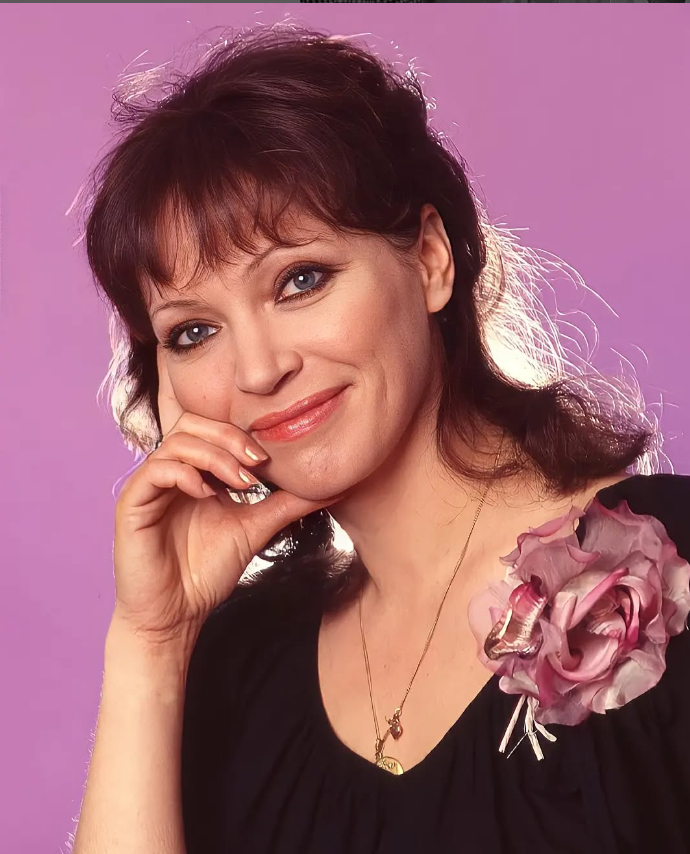
Anna Karina was more than just a star; she was the embodiment of the French New Wave’s daring heart. From her early life in Copenhagen to her rise in Paris, she transformed personal resilience into artistic freedom. She didn’t just act, sing, or write—she lived her ideals and created a legacy that continues to inspire artists and filmmakers worldwide.
Her soulful eyes and quiet strength remind us that true icons don’t just entertain—they challenge us to see the world through a different lens. Anna Karina’s influence on cinema, fashion, and artistic expression will forever be etched into the history of the 20th century, leaving a legacy that will inspire generations to come.
